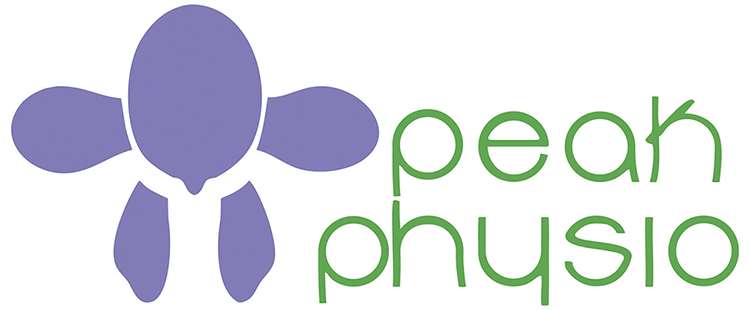Skip to content
Instructions:
- Come into a low lunge position on the hands or forearms with the target limb extended and the opposing foot on the ground
- The majority of the weight bearing should be between the outside of the leg and the roller
- This position targets the most outer quadricep muscle the Vastus Lateralis
- Roll your quadriceps up and down the roller
- You can change the intensity by increasing your weight on the roller
- If you find a sore spot you can hold and wait on that point until the tightness subsides
- Continue for a few minutes or as per Physiotherapists prescription
Precautions:
- The roller can be significantly sore when using it to release the muscles
- Exercise caution and use to the level of soreness you can tolerate
- Be mindful of not causing pain in the arms as you weight bear through them also – be aware of any limitations
- If you are unsure, please speak to your physiotherapist
